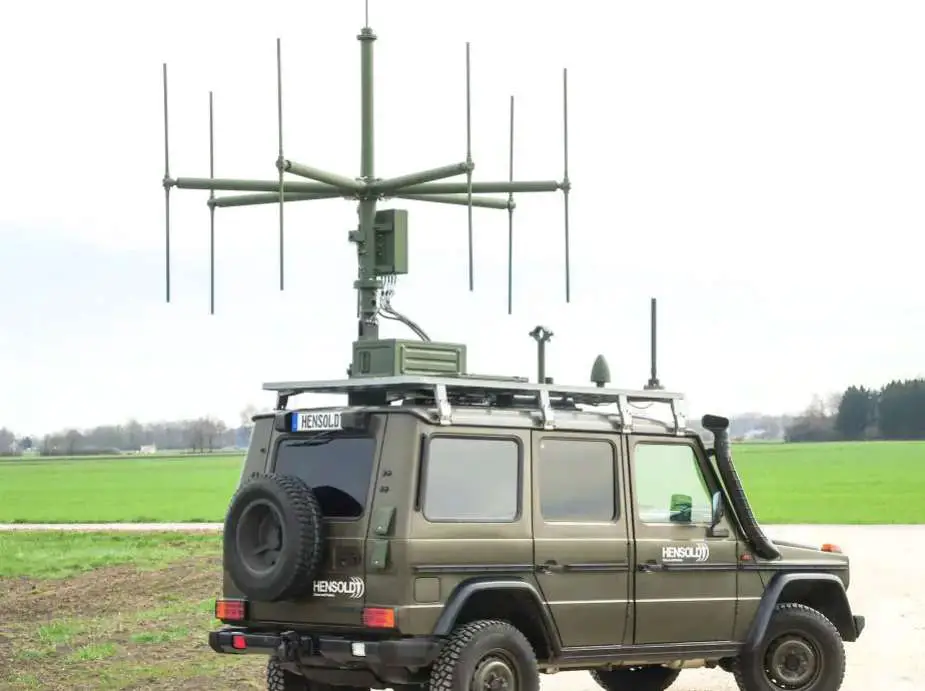The German Air Force has been conducting tests on the Hensoldt Twinvis passive radar system, which has the remarkable capability to detect stealth aircraft, Laurent Lagneau comments in Opex360. In 2018, Hensoldt claimed that the Twinvis successfully detected two American F-35A stealth fighter-bombers at the ILA Berlin Air Show. However, Lockheed-Martin countered this achievement by explaining that the F-35As were equipped with Lüneberg lenses, making them intentionally detectable for safety reasons in civilian airspace. Nevertheless…
Follow Army Recognition on Google News at this link

Hensoldt unveiled its Twinvis passive radar at ILA 2018 International Aerospace Exhibition held in Berlin (Picture source: Hensoldt)
A passive radar operates uniquely, as it does not emit electromagnetic waves to locate and identify objects. Instead, it utilizes the ambient waves emitted by radio, television, mobile phone transmitters, active radars, and satellites. When these waves encounter an obstacle, like a moving aircraft, they are reflected and captured by the passive radar's receiver. This allows for the detection, tracking, and assessment of a potential target without emitting any signals, reducing the risk of detection and jamming.
Passive radars, especially those operating in low-frequency bands, offer enhanced air coverage, particularly at low altitudes, compared to active radars that primarily cover medium and high-altitude zones. Additionally, the absorbent coatings used on 5th-generation combat aircraft are less effective against low-frequency waves, making them more detectable to passive radar systems.
The Hensoldt Twinvis has garnered interest from other nations, with three undisclosed countries recently signing contracts to acquire the system. Hensoldt touts its fully automated signal processing and sensor data fusion, providing armed forces with a unique capability for conducting long-distance covert operations against various threats, including stealth threats.
However, passive radar technology also has its limitations. It requires advanced technological capabilities, such as powerful computing, and is most effective in densely populated areas where transmitter characteristics and precise locations are readily available. Achieving this necessitates the integration of specialized measurement systems.
Anyway, the Hensoldt Twinvis passive radar represents a significant advancement in radar technology, offering the potential to detect stealth aircraft effectively. While it provides valuable advantages, including covert operation and improved low-altitude coverage, it also presents challenges related to technological requirements and geographical constraints. Nevertheless, its adoption by multiple countries highlights its growing importance in modern defense systems.
Defense News October 2023















